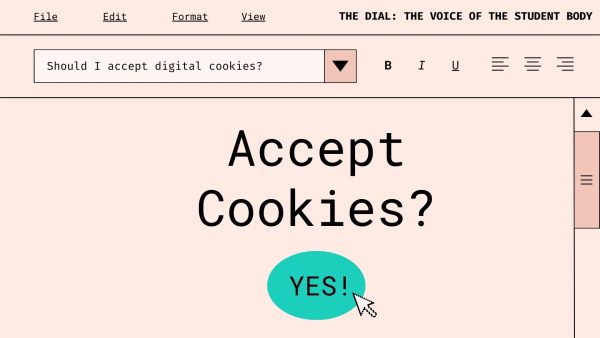Advertisement evolution
New advertisement methods are being deployed to entice consumers

Credit: Sydney Stoller
Youtube and Netflix are testing out the use of advertisements on their respective web platforms. The field of advertisement is radically changing. New media forms and social media icons are spurring on such change.
October 4, 2018
High school students use their phone on average for nine hours each day. Inundated with bright LED lights and constant advertising, teenagers have grown callous to ads as quickly as they have evolved to maintain their influence on us. In the age of online personalities, the changing shape of ads now spells concerns over the ethics of transparency in advertising.
Traditional advertisements struggle as new media, such as live video, garner three times the viewership as standard video, or the use of online personalities as sponsors for products to appeal to a generation attached to its screens. However, these new forms of advertising pose ethical, legal, and consumer trust problems for the corporations testing them.
Netflix recently tested “video promos” on some devices between episodes of shows viewed on the platform. This new measure has seen significant backlash from users who saw the ad-free nature of Netflix as central to its appeal. Some on Twitter have claimed is a little different from ads, not passing the stage of testing nor universal implementation
Netflix explained that this was merely a test to measure how to best engage their audience in the plethora of new content. “We use experimentation and testing to inform as much of the business as we possibly can,” Chief Product Officer Gregory Peters said in an official statement.
Youtube, whose viewership far surpasses Netflix, has gone further in integrating advertising, no longer between bits of content, but rather integrated into videos themselves through “Paid Promotions.”
These “Paid Promotions” grew in popularity in response to many major companies pulling their ads from Youtube in response to articles showing that such ads were being featured on controversial content such as Daesh beheadings and Neo-Nazi propaganda. Promoted content allowed creators to maintain a sustainable income in spite of the sudden ad fallout through direct payment from the companies whose products they promote.
Youtube creators can make as much as $125,000 per video including a sponsorship with 1 million subscribers. Youtube’s regulations technically require creators to make any sponsorships explicit, to comply with FTC rules regarding consumer rights, but until recently many creators avoided these rules, posing paid promotions of products as genuine, deceiving consumers.
Youtube recently implemented a feature which labels videos with promotions with a banner reading “includes paid promotion,” to ensure transparency to viewers.
This kind of blurring between content and advertising fits the recent trend that also spans to social media, where personalities, often called “influencers,” including Kylie Jenner and Kim Kardashian have come under scrutiny for promoting products to their respective millions of followers without explicitly declaring it was an ad.
These new advertising methods seek to avoid the kitschy nature of direct advertising by disguising promotion as genuine and from figures young people know and trust, but violate consumer rights to know when they are being advertised to, inciting significant FTC backlash to curb the trend.










